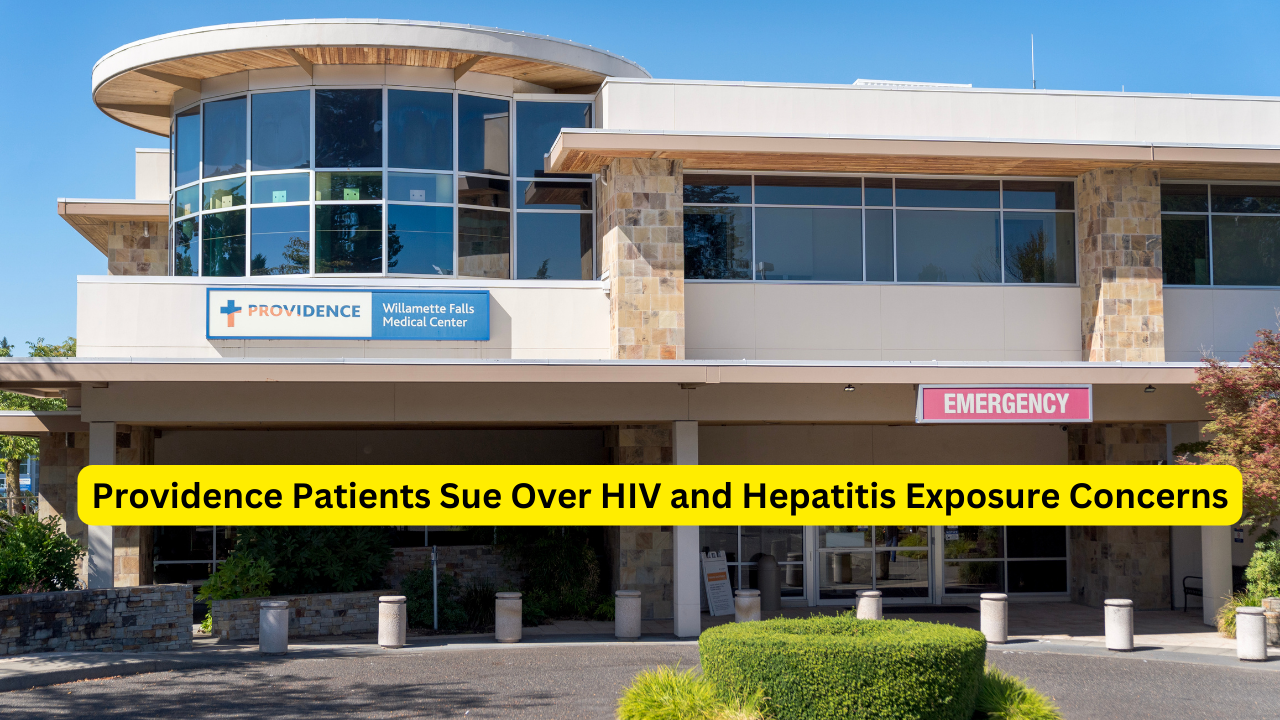Law Enforcement and Doctors Crack Down on Opioid Epidemic Targeting Children

The Reality of the Opioid Epidemic in Our Communities
The opioid epidemic is not just a distant problem; it’s here, affecting every community, including ours. Washoe County Sheriff Darin Balaam highlights this reality, emphasizing that opioids are present in every neighborhood. From planes to trains, automobiles to mail, opioids infiltrate our communities in numerous ways. This article delves into the collaborative efforts of law enforcement and healthcare professionals in combating this crisis, focusing specifically on the growing threat to children.
High-Intensity Drug Trafficking Areas: A Strategic Approach
The Sheriff’s Office in Washoe County operates within a High-Intensity Drug Trafficking Area (HIDTA) due to its strategic location along Interstate 80. This position makes it a critical point in the drug trade network. Drugs often travel from the West Coast to the East Coast, with significant amounts intercepted along this route. Sheriff Balaam notes a disturbing trend: the quantities intercepted are increasing. Within just two weeks, authorities seized 19 and 32 pounds of drugs respectively, highlighting the scale of the problem.
Impact on Children: A Growing Concern
The most alarming aspect of the opioid epidemic is its impact on children. With increasing reports of children being targeted, both law enforcement and medical professionals are intensifying their efforts. The accessibility of opioids through various channels poses a significant threat to young lives. Children are inadvertently exposed to these dangerous substances, either through family members, acquaintances, or in some tragic cases, targeted by traffickers themselves.
Law Enforcement Strategies to Combat the Epidemic
Interdiction Efforts
One of the primary strategies in combating the opioid epidemic is interdiction. This involves stopping the flow of drugs into communities before they can reach consumers. The HIDTA program plays a crucial role in this effort, with trained officers and advanced technology used to detect and intercept drug shipments.
Community Outreach and Education
In addition to interdiction, law enforcement agencies are engaging in community outreach and education programs. These initiatives aim to inform the public about the dangers of opioids and how to recognize the signs of abuse. By educating parents, teachers, and community leaders, authorities hope to reduce the risk of children falling victim to opioid addiction.
The Role of Healthcare Professionals in Addressing the Crisis
Healthcare professionals are on the front lines of the opioid epidemic, treating those affected and working to prevent further abuse. Doctors, nurses, and pharmacists play a pivotal role in this fight.
Prescription Monitoring Programs
Prescription Monitoring Programs (PMPs) are essential tools in the healthcare sector’s efforts to combat opioid abuse. These programs track prescriptions for controlled substances, helping to identify patterns of misuse. By monitoring prescriptions, healthcare providers can prevent “doctor shopping” and reduce the risk of addiction.
Education and Training for Medical Professionals
Educating and training medical professionals about the risks of opioids and alternative pain management methods is another critical strategy. By understanding the dangers and learning about non-opioid pain relief options, doctors can make informed decisions when prescribing medication.
Collaboration Between Law Enforcement and Healthcare
Effective collaboration between law enforcement and healthcare professionals is vital in tackling the opioid epidemic. This partnership ensures a comprehensive approach to addressing the crisis, combining prevention, treatment, and enforcement strategies.
Task Forces and Joint Operations
Joint operations and task forces bring together the expertise of law enforcement and healthcare professionals. These teams work together to identify and dismantle drug trafficking networks, provide treatment to those in need, and educate the community about the dangers of opioids.
Case Study: Successful Interdiction and Prevention
A recent operation in Washoe County serves as a successful case study of this collaborative approach. Within a two-week period, law enforcement intercepted a significant amount of opioids destined for the community. This operation involved extensive coordination between local law enforcement, federal agencies, and healthcare providers, demonstrating the effectiveness of a united front in combating the opioid epidemic.
The Future of the Fight Against Opioids
The fight against the opioid epidemic is far from over. As traffickers develop new methods to distribute these dangerous drugs, law enforcement and healthcare professionals must continually adapt their strategies. Ongoing education, community engagement, and robust enforcement are essential components of this effort.
Innovative Approaches and Technologies
Advances in technology offer new tools in the battle against opioids. From enhanced surveillance methods to sophisticated data analysis, these innovations can help authorities stay ahead of traffickers. Additionally, ongoing research into non-opioid pain relief options provides hope for reducing dependence on these dangerous drugs.
Conclusion: A Call to Action
The opioid epidemic is a complex and multifaceted crisis requiring a concerted effort from all sectors of society. Law enforcement and healthcare professionals are at the forefront of this battle, but they cannot do it alone. Community members, educators, and policymakers must also play their part in addressing this issue. Together, we can protect our children and ensure a safer, healthier future.




